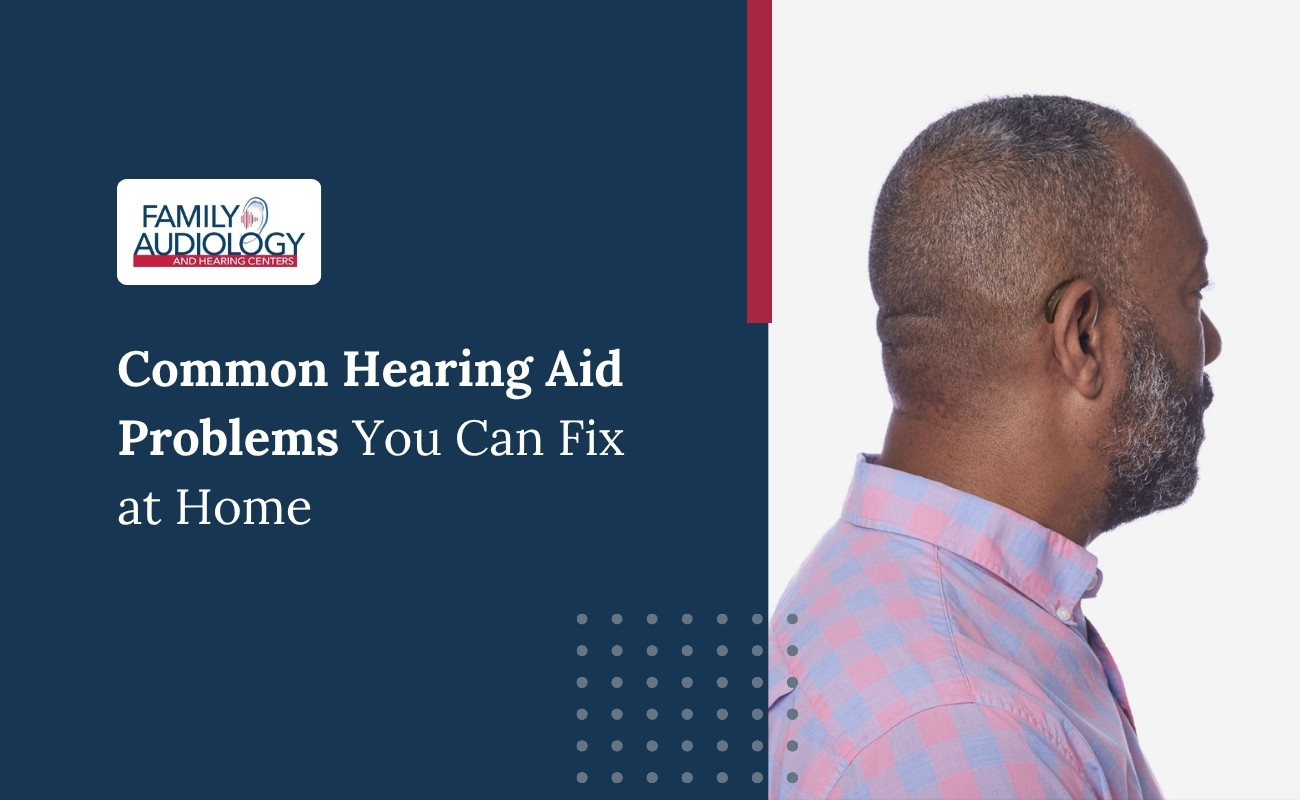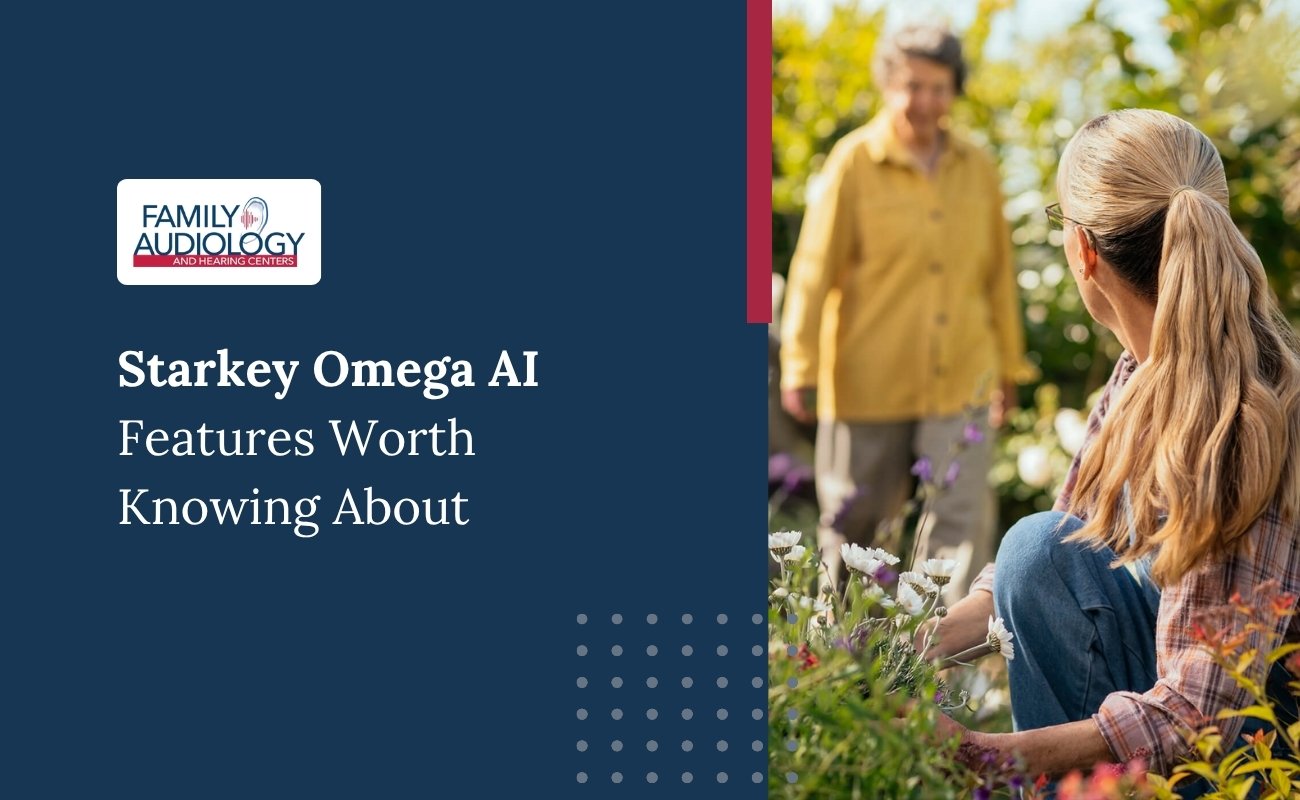The Difference Between a Hearing Screening and a Comprehensive Hearing Test



When someone mentions getting their hearing checked, they might be talking about two very different things. A quick screening at a health fair isn't the same as a full evaluation in an audiology clinic, and knowing which one you need can make all the difference in protecting your hearing for years to come.
What Happens During a Hearing Screening?
A hearing screening is designed to be quick and simple—usually just a few minutes. You might encounter these at your annual physical, during a workplace wellness event, or at community health fairs throughout Ohio. The process is straightforward: you'll listen to some tones through headphones and raise your hand when you hear them.
The person conducting the screening isn't looking for detailed information about your hearing. They're answering one basic question: should you see an audiologist for a closer look? It's similar to checking your blood pressure—a screening can tell you if something needs attention, but it won't explain what's causing a problem or how to fix it.
These screenings catch many people who didn't realize they had hearing changes. That's their strength. But they're just the starting point, not the full picture.
Inside a Comprehensive Hearing Evaluation
When you visit Family Audiology and Hearing Centers for a comprehensive hearing test, you're getting something entirely different. This is where we take the time to understand not just what you're hearing, but how it affects your daily life.
We start by talking. Your history matters—whether you grew up hunting in southern Ohio, spent decades in manufacturing, or just want to hear your grandchildren better at family gatherings. We ask about the situations where you struggle most because two people with identical test results might need completely different solutions based on their lifestyles.
After examining your ears to check for wax buildup or other issues, we move into the sound booth. Here's where the real assessment begins, and it involves much more than raising your hand when you hear beeps.
What We're Actually Measuring
Pure-tone testing maps out which frequencies you hear well and which ones you miss. High-frequency sounds like women's and children's voices often go first, which is why so many people tell us they can hear someone talking but can't understand what they're saying.
We also test how sound travels through different parts of your ear. By placing a small device behind your ear that sends vibrations through bone, we can tell whether the problem is in your outer ear, middle ear, or inner ear. This distinction matters when determining the best path forward.
Speech testing is where things get practical. We're not just checking if you can hear words—we're measuring how well you understand them. Can you catch a conversation in a quiet room? What about when there's background noise, like at Bob Evans on a Sunday morning or during a Buckeyes game watch party? These real-world scenarios tell us how your hearing performs where it matters most.
Some of our locations use Real Ear Measurements when fitting hearing aids. This technology lets us verify that your hearing aids are delivering the right amount of amplification for your specific ear canals, not just following manufacturer defaults. It's one more way we make sure you're getting personalized care, not one-size-fits-all solutions.
Why the Difference Matters
Here's what you learn from a screening: you might have a problem. Here's what you learn from a comprehensive evaluation: exactly what's happening with your hearing, why it's happening, how it compares to normal hearing for your age, what you can expect going forward, and what we can do about it.
A screening takes place wherever it's convenient—a folding table at the county fair, a corner of your doctor's office. A comprehensive test requires a soundproof booth and calibrated equipment because precision matters. We're measuring subtle differences in how you hear, and background noise would throw off those measurements.
When you complete testing with us, you walk out with answers. We explain your audiogram in plain language, discuss whether your hearing loss is mild or more significant, talk about which sounds you're missing in daily life, and outline your options moving forward. If you need hearing aids, we discuss styles and technology levels. If medical treatment might help, we refer you to trusted ENT physicians in the area.
When to Choose Each Option
Screenings serve a purpose. If your workplace offers one or you see a booth at the Ohio State Fair, taking a few minutes to check in on your hearing makes sense. These quick assessments have caught hearing loss in thousands of people who otherwise wouldn't have thought twice about it.
But some situations call for the comprehensive approach from the start. If you're noticing that conversations at family dinners are harder to follow, if people seem to mumble more than they used to, if you're turning up the TV volume to levels that bother others, or if you have ringing in your ears that won't quit—skip the screening and come see us.
Age plays a role too. If you're over 50, annual or biannual comprehensive evaluations help us catch changes early. Farmers, factory workers, musicians, and anyone who's spent years around loud equipment should have baseline testing even if they feel their hearing is fine. Noise damage often sneaks up gradually.
The Value of Working with Audiologists
Our team across Ohio brings decades of combined experience to every appointment. Dr. Angela Koenig, Dr. Paige Parker-Lewis, and Dr. Kim Combs, along with our skilled hearing specialists, know that numbers on a chart only tell part of the story. What matters is how those numbers translate to your life.
We've helped thousands of patients in communities from Portsmouth to Troy, from Lebanon to Beavercreek. We understand that hearing better means staying connected at church services, keeping up with conversations at the union hall, and not missing moments with family. That's why we don't rush appointments or push one-size-fits-all recommendations.
Getting Started with Better Hearing
You've probably lived with gradual hearing changes for longer than you realize. Most people wait seven years from when they first notice a problem until they do something about it. That's seven years of missed conversations, misunderstood directions, and pulling back from social situations that used to bring joy.
At Family Audiology and Hearing Centers, we make getting help straightforward. With 17 locations across Ohio and one in Wisconsin, you'll find us close to home. Contact us today to schedule your comprehensive hearing evaluation. Let's work together to keep you connected to the sounds and voices that make life rich.
Discover the Latest Articles
Stay informed with our informative articles.

Common Hearing Aid Problems You Can Fix at Home

Starkey Omega AI Features Worth Knowing About

The Cognitive Benefits of Well-Fitted Hearing Aids
Contact your local Hearing Aid Specialists
At Family Audiology and Hearing Centers, we strive to be there for all your family’s hearing needs. Because of this, we have 17 convenient locations in Ohio and Wisconsin for you to visit. See which location is best for you and schedule an appointment today.


